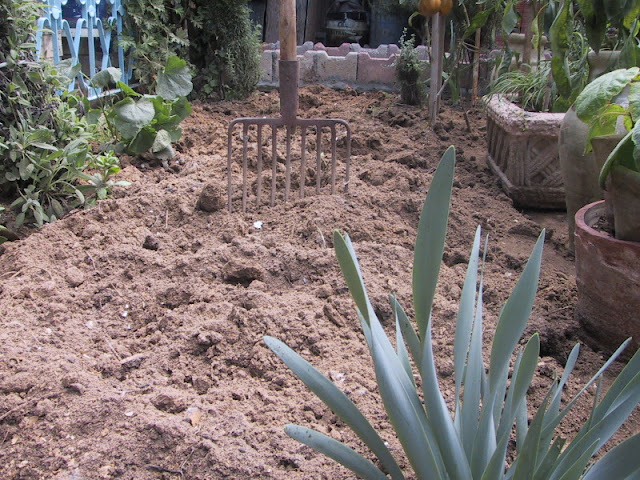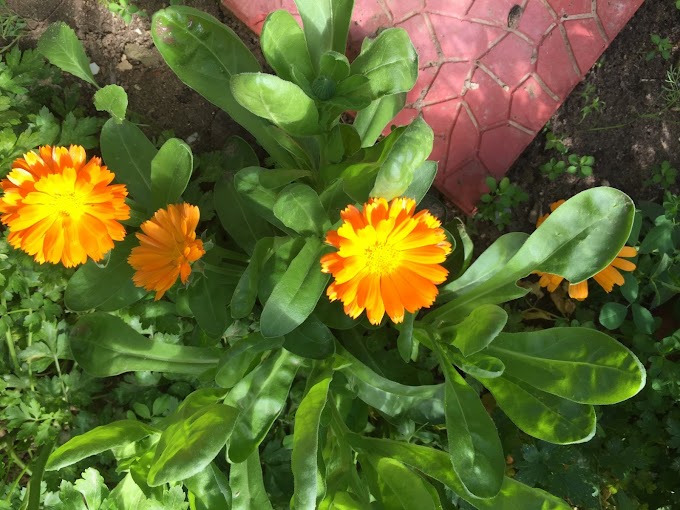Eggplant is the common name for a perennial plant, Solanum melongena, of the potato or nightshadefamily Solanaceae, characterized by large leaves, white to purple flowers with a five-lobed corolla and yellow stamens, and an ovoid fruit with numerous, small seeds. The name also is used for the fleshy, edible fruit of this plant, a botanical berry that is widely cultivated as a vegetable crop. The plant and fruit are also known as aubergine and brinjal. Eggplant is a perennial tropical vegetable plant. The plant loves heat and full sun and requires evenly moist soil in its native environment to thrive and fruitheavily. Native to India, where it grows wild, it has been cultivated in Southeast Asia for thousands of years. Europe was introduced to the vegetable in the 8th century via the Moors, who brought it to Spain, Sicily, and southern France via North Africa. In the sunny, dry climate of the Mediterranean basin. Eggplant is a small- to medium-sized bush vegetable that produces smooth, glossy skinned fruit that can vary in length from 5 to 12 inches long. Eggplants have large, fuzzy, grayish-green leaves and produce star-shaped lavender flowers with yellow centers.
The edible fruit can be long and slender or round or egg-shaped fruit. Fruit is creamy-white, yellow, brown, purple, or sometimes almost black. Eggplants can grow 2 to 6 feet tall, depending on the variety.
How To Grow Eggplant
Eggplant is one of the easiest vegetables to grow and one of the most beautiful too. It is a soft and delectable vegetable that is popular with home gardeners. There are lots of different types of eggplant that you can grow, depending on your climate and conditions.
You can buy products related to eggplant seeds and see what customers say about eggplant seeds on Amazon from HERE!
Soil Preparation
One of the biggest keys to success in organic gardening is the condition of the soil. Eggplant is easy to grow if your soil has the proper nutrients. There needs to be adequate organic matter to hold moisture and nutrients. And at the same time, the soil needs to be loose enough for good aeration and drainage, which will help promote strong root development.
It is necessary to amend your soil to achieve optimum pH balances, as well as the proper levels of nitrogen, phosphorus and potash.
I recommend a soil test every two to three years to check your phosphorus and pH, as well as nitrate and potassium levels, to ensure the best crop possible. It is very important that you're phosphorous to nitrate ratio is correct. Too many nitrates will produce leaves but not fruit. Before planting, dig over the ground to a spade deep and fork in plenty of well-rotted compost and manure, and then mound the soil to improve the drainage.
Watch: How to add chicken manure to the garden soil
For eggplant, make sure you have plenty of phosphorus, bone meal or soft rock phosphorus in your soil. This 100% organic soil amendment has an ample supply of phosphorus and will make up for a lot of deficiencies.
Transplanting Eggplant Seedlings in The Garden
When you are thinking about where to plant eggplant, think about your gardening space, as eggplants need lots of space.
- Plant your eggplants about 18 inches apart in the row, and the rows need to be about 30 inches apart, maybe more.
- This plant requires quite a large area.
- Eggplant loves heat and full sun and requires evenly moist soil in its native environment to thrive and fruit heavily. So choose a sunny location.
- Choose the strongest and sturdiest of the seedlings for transplanting.
- Make a deep hole in the soil. Gently set the seedling into the soil and fill the hole with soil while ensuring that the seedling is planted upright.
- Water well your new eggplants.
Make sure to rotate your crop from year to year, or like tomatoes, eggplant will deplete your soil if you don’t.
Water plants more regularly as the temperatures rise and fruits appear, and feed every week with organic fertilizer. To encourage fewer, larger fruit, pinch off the first flower as it appears, and thin fruits to three or four per plant. As the plants grow, support the main stems by tying them into canes or trellis.
Eggplants thrive during the summertime heat, making the biggest fruits during this part of the growing season. Also, be sure during the summer heat that you water frequently and make sure the soil stays moist. Don’t let the plants dry out, or you will not get the results you would like. Keep your plant well watered.
Watch: How to Transplant Eggplant Seedlings
How to Harvest Eggplants
The primary criteria for harvesting eggplants is to pick them while the skins are glossy. If the eggplant skin becomes dull, the seeds are beginning to mature and the potential for bitterness is increased.
Harvest the fruits when full-sized and ripe. They are at their best when their full color has developed and the skin is shiny. If the skin begins to dull, the plants have matured too much and will taste dry and bitter.
Eggplants are best when harvested at one-third to one-half their mature size. To test whether the fruit is ready for harvest, gently press the skin with a finger. If the spot stays indented and doesn't spring right back, the eggplant is perfect for picking. Do not pull the fruit off the plant, cut the fruit from the vine with a pair of pruning shears and be careful to avoid any sharp spurs at the stem end.
Eggplant Companion Plants
There are many types of companion plants that benefit eggplant. Plant these in your garden with your eggplant to maintain the health of your eggplant while diversifying your garden. Eggplant does well when grown with other members of the nightshade family which include peppers and tomatoes, they share the same growing conditions. Hot pepper is a good companion to eggplant. Hot pepper emit a chemical from the plant roots that helps prevent Fusarium, root rot, and a wide range of other plant diseases. Beans, like other legumes, convert nitrogen in the air into nitrogen in the soil. This enriches the soil, as eggplants need to absorb a significant amount of nitrogen, this will help the growth of the eggplant. Be sure to situate your eggplant in the forefront, so they won’t be shaded, and alternate rows of legumes with rows of eggplant.
Pests and Diseases
The most common pests for the eggplant are the black flea beetle, which feeds on the leaves of the plant, these insects are the common sight but if the plant is healthy, they won’t do any harm and also the aphids. One more common pest is the cutworm. This worm, as its name suggests, usually cuts the plant at its base. This can be prevented by using a cutworm collar, or you can easily eliminate them by yourself.
When the plants are mature, you’ll need to look out for suckers to remove them. Yellowing or diseased leaves or branches growing tall and lanky and hindering the growth and productivity should be removed too.
Grown in the right climate conditions, eggplants grow almost as easily as their tomato relatives. So try to grow organic eggplants this year, and you’ll be happy to enjoy the bounty for months to come!
If you have any tips for growing eggplants, we'd love to hear them - please share them in the comments below.
Happy Gardening!
Growing Eggplants promise a bountiful harvest of versatile and nutritious vegetables. Get the best quality Eggplant seeds online from Amazon!
Like This: Pin it for Later!
Affiliate Disclosure!
This website is a participant in the Amazon Services LLC Associates Program, an affiliate advertising program designed to provide a means for sites to earn advertising fees by advertising and linking to Amazon. Some of the links to products on this site are affiliate links. These are products that I've used or recommend based from homesteading experience. I do make a small commission (at no extra cost to you) from these sales. (alert-warning)




















